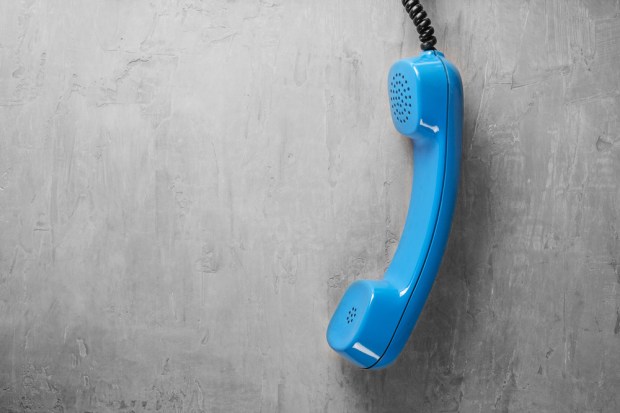Landlines Are Out, Say Americans

Au revoir, operator. For the first time ever, more than half of U.S. households don’t have landline service.
New data from the U.S. Health Department and the CDC released last week has found that 50.8 percent of American households only had cell phone service in the second half of 2016 — the first time this segment has been in the majority.
Some 45.9 percent of households have landlines, while the remaining 3.3 percent of households don’t have phone service at all.
Of those who still use landlines, only 6.5 percent are exclusively corded. The remaining 39.5 percent use both landlines and mobile phones.
Households that only used cell phones were most common among adults aged 25 to 34, the study found, where more than 71 percent of folks in this age range lived without landlines. Less than 25 percent of adults over the age of 65 only had a cell phone.
The results were also dependent upon income. Respondents living below poverty or near the poverty line were found to only have cell phones compared to adults with higher incomes.
Beyond age and income, there are reportedly some notable commonalities between persons in the wireless-only category overall.
“Wireless-only adults are more likely to drink heavily, more likely to smoke and be uninsured,” Stephen J. Blumberg, the study’s co-author, was quoted as saying. “There certainly is something about giving up a landline that appeals to the same people who may engage in risky behavior.”
The government agencies have yet to find a concrete reason for these correlations.
One thing is for sure — phone fraud is still a thing, even as the number of landlines dwindles. Data indicates that this year, consumers will receive a combined nine billion calls from known scammers.
IRS-impersonation scams are the most prevalent form of consumer call fraud, comprising 27 percent of the whole. Other common forms were vacation scams (25 percent) and bank/credit card scams (16 percent).
